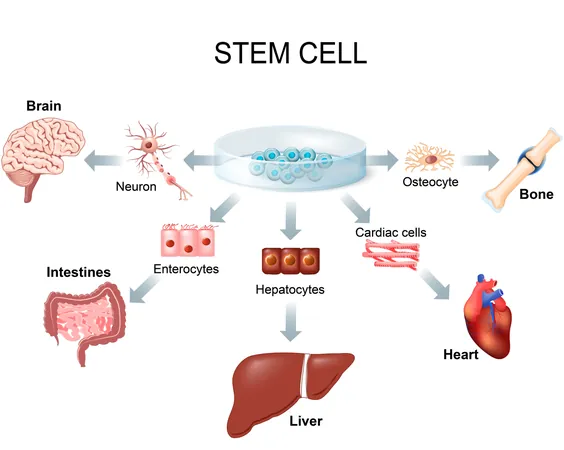
Unleashing the Hidden Power of Fat: The Future of Regenerative Medicine
2024-09-30
Author: Ming
Unleashing the Hidden Power of Fat: The Future of Regenerative Medicine
Adipose tissue, commonly known as fat, was historically viewed merely as an energy reserve in the human body. However, groundbreaking discoveries have transformed this perception, establishing adipose tissue as a cornerstone in the realms of stem cell research and regenerative medicine.
At the forefront of this revolution are Dr. Saja Scherer and Dr. Giorgio Pietramaggiori from the Global Medical Institute clinic in Lausanne. These distinguished specialists are leading the charge in exploring and harnessing the potential of adipose tissue in regenerative therapies.
Transforming Aesthetics and Healing
Dr. Saja Scherer is a pioneering plastic surgeon renowned for her inventive applications of fat for facial reconstruction and rejuvenation. Her advancements in fat grafting techniques have significantly enhanced patient outcomes, allowing for more effective and aesthetically pleasing results.
In parallel, Dr. Giorgio Pietramaggiori, an expert in regenerative medicine, has pioneered the use of stem cells derived from adipose tissue. His research has revealed new treatment pathways for various medical conditions, particularly in pain management, migraines, and tissue regeneration strategies. Collectively, these experts are driving innovation in adipose tissue-based treatments at their Lausanne clinic, aiming to push the boundaries of what we thought possible in regenerative medicine.
What Lies Beneath the Surface?
Subcutaneous adipose tissue, the fat layer found just under the skin, plays multiple roles such as thermoregulation, shock absorption, and energy storage. However, its most intriguing characteristic is its reservoir of stem cells. This tissue boasts the richest supply of mesenchymal stem cells compared to other sources like blood and bone marrow. Known as Adipose-Derived Stem Cells (ADSCs), they possess remarkable properties that could surpass traditional stem cells in terms of healing potential due to their superior ability to promote new blood vessel formation.
The 'stromal vascular fraction' within adipose tissue—a mix of stem cells, varied cell types, and growth factors—further amplifies its regenerative capabilities. These components are essential for the beneficial therapeutic effects observed in treatments utilizing adipose tissue.
The Extraction Process: Simple and Effective
Extracting adipose tissue is a minimally invasive procedure, typically performed through a technique known as mini-liposuction. This method is conducted under local anesthesia or light sedation, making it much less daunting than traditional surgical techniques. The extracted tissue can be processed with minimal filtration, allowing for immediate therapeutic use while maintaining the vitality of stem cells. In Switzerland, certain protocols allow harvested cells to be stored for up to 30 years, providing immense flexibility for future treatments without necessitating additional surgeries.
Diverse Applications in Medicine
The potential applications of adipose tissue in regenerative medicine are both vast and promising. Dr. Pietramaggiori remarks, “The therapeutic potential of adipose tissue is truly remarkable,” citing its effectiveness in treating a range of conditions from chronic migraines to complex tissue injuries.
- Pain Relief from Scarring: In one remarkable case, a patient suffering from persistent knee pain post-surgery due to scar tissue experienced significant relief after receiving an injection of adipose tissue. This intervention highlights the capacity of adipose tissue to enhance the healing of surrounding tissues.
- Alleviating Radiotherapy Side Effects: Another patient who underwent facial cancer treatments developed painful adhesions and facial asymmetry. Following a series of adipose tissue injections, they reported remarkable improvements in pain levels and facial symmetry, showcasing the regenerative power of fat-derived cells.
- Migraine Management: A patient with a history of brain surgery found relief from occipital neuralgia after adipose tissue injections helped alleviate the irritation of affected nerves, signaling new avenues for treating neurological disorders.
Beauty Meets Medicine
Adipose tissue also plays a vital role in aesthetic surgery. Dr. Scherer elaborates that “autologous adipose tissue provides an exceptional solution for facial rejuvenation and breast reconstruction.” This approach not only ensures natural results but also enhances skin quality.
- A Natural Filler Alternative: Increasing numbers of patients are choosing fat transfer over traditional fillers like hyaluronic acid for its longevity and natural aesthetic.
- Facial Volume Restoration: Grafting fat can restore lost facial volume and rejuvenate overall skin appearance, making it a favored choice for many seeking youthful looks.
- Breast Augmentation and Body Contouring: Adipose tissue can naturally augment breast size while simultaneously improving the quality of surrounding tissues, and can also reshape various body areas for a more contoured appearance.
Innovative Horizons Ahead
As research continues, both Dr. Scherer and Dr. Pietramaggiori are exploring uncharted territories in their field. “Our focus is on optimizing cell survival and improving graft success rates,” states Dr. Pietramaggiori.
The collaboration at the Global Medical Institute clinic, marrying Dr. Scherer's artistic surgical techniques with Dr. Pietramaggiori's scientific expertise in regenerative medicine, is opening doors to increasingly effective, personalized treatments. While we may only be scratching the surface of what adipose tissue can offer, this research stands as an exciting beacon for the future of medicine.
As advancements continue, the world will certainly keep its eyes on the remarkable transformations being spearheaded by these pioneers in regenerative health with a little help from our own body fat!
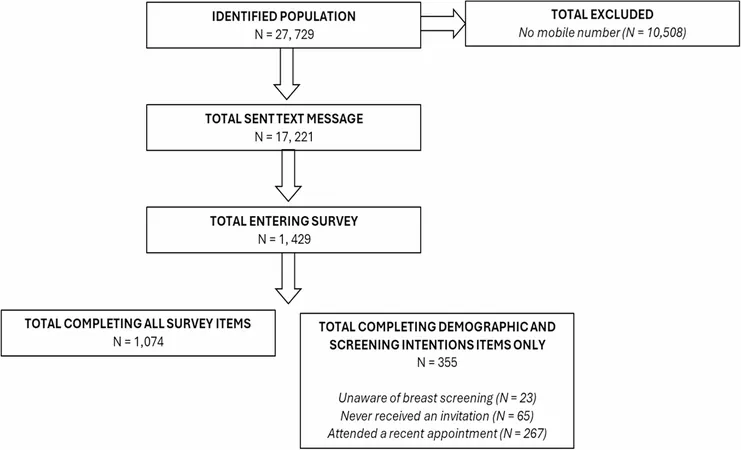
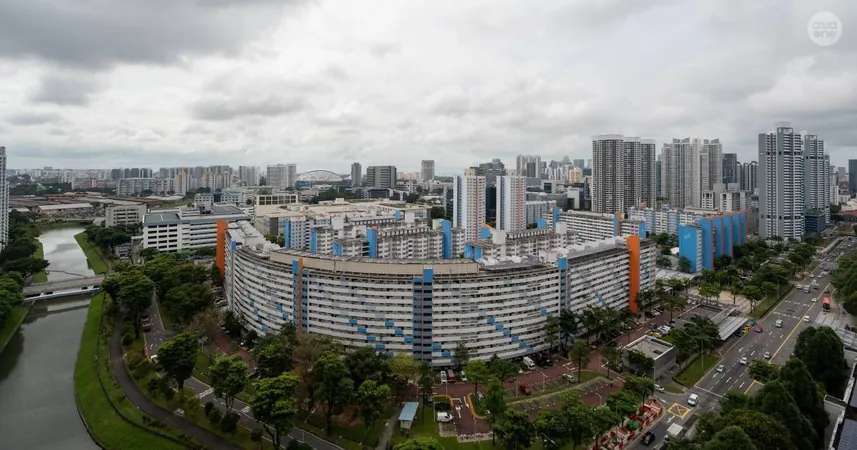
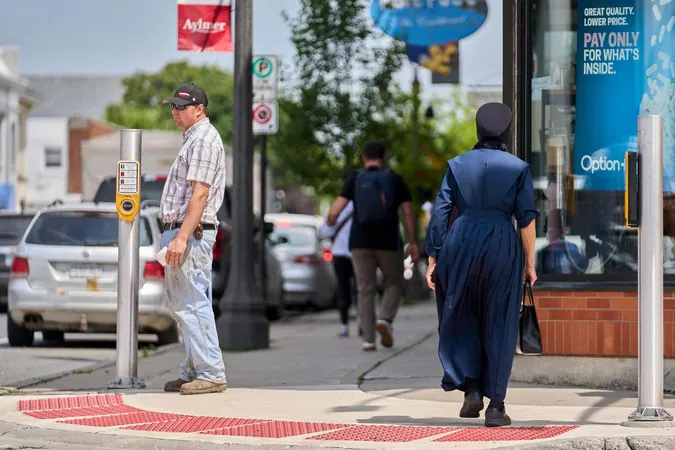
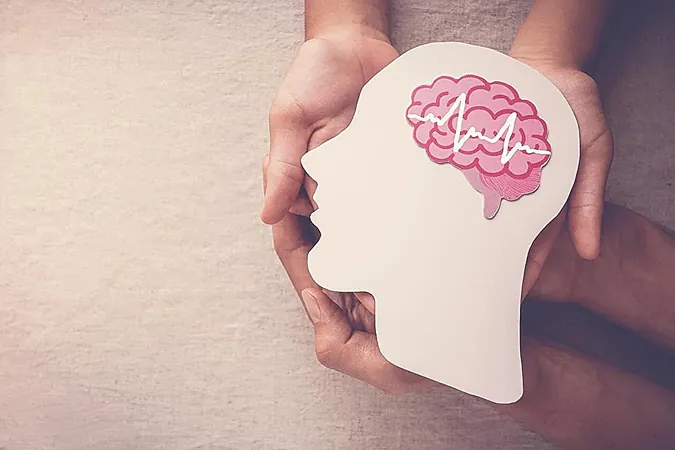
 Brasil (PT)
Brasil (PT)
 Canada (EN)
Canada (EN)
 Chile (ES)
Chile (ES)
 Česko (CS)
Česko (CS)
 대한민국 (KO)
대한민국 (KO)
 España (ES)
España (ES)
 France (FR)
France (FR)
 Hong Kong (EN)
Hong Kong (EN)
 Italia (IT)
Italia (IT)
 日本 (JA)
日本 (JA)
 Magyarország (HU)
Magyarország (HU)
 Norge (NO)
Norge (NO)
 Polska (PL)
Polska (PL)
 Schweiz (DE)
Schweiz (DE)
 Singapore (EN)
Singapore (EN)
 Sverige (SV)
Sverige (SV)
 Suomi (FI)
Suomi (FI)
 Türkiye (TR)
Türkiye (TR)
 الإمارات العربية المتحدة (AR)
الإمارات العربية المتحدة (AR)